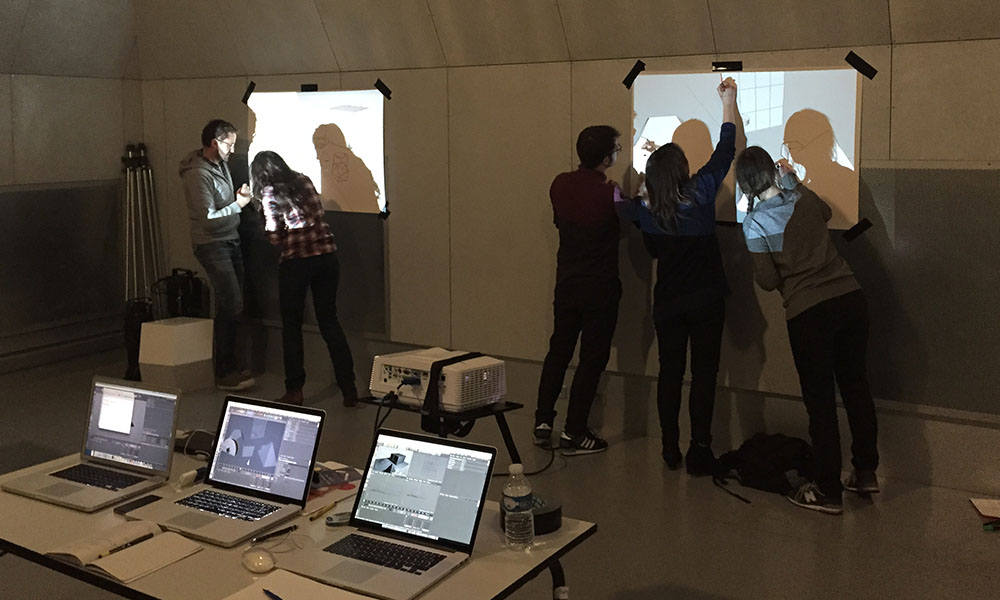

(Warning: may cause a surge of nostalgia even for non game nerds.) Here, that moves to a whimsical take on the home game console. The results can be brilliant, with cleverly-conceived content. As writer Erica Gonsales has chronicled for The Creators Project, the Colombian artist has though small – egg crate small. Projection mapping can do the same thing. Lastly with data-track, you may use a special kind of keyframes called flags.Toy theater moves from the epic facade of a grand performance space to something scaled, in human terms, to miniature. You can also double-click on some to edit its value with numbers : In this mode, you can adjust both the time and the value of each keyframe. To preview how the animation will flow, click the curves button, select a keyframe and change its easing (via the properties-panel or by ALT-clicking on it) : To create some animation, click the keyframes/segments button (shortcut is CMD+E), add some properties to track (in the same fashion as in the dashboard), then add a keyframe (click the button that looks like a diamond). Indeed, keyframes also defines the values to interpolate between, but also the shape of the animation, called easing : In the timeline, the animation principle is the same as with the board, but keyframes are used instead states. Lastly : to animate a property of a particular media, be sure to play this media first, so its properties appear in the list. If needed, this is also the place to modify the shape of the transition's curve from ease in/out to linear :įor info, you can leave some states with an empty cell : a ➔ icon will indicate that Millumin should take the values from the previous columns. To save time, you can also use the button save current state to fill out with the current values. Now, each time you play one column, the transition will interpolate between these values. Of course, you can also animate properties of layers, media, effects, … These animations are driven by the board transitions, and for each board column, there is a state that represents the values to interpolate.įirst, be sure to edit the board (shortcut is CMD+E), then check what properties you want to track and type the values for each column : More info about the monitor in this section : Monitor Animate in a board This avoids jumps when taking control over a runnign transition.
#MILLUMIN CREATOR MANUAL#
The principle is the same as a manual transition, but to take control, you need to put the cursor below the progress of the transition first, then go above. You can also take the control of an automatic transition that is running. Then, you need to open the Monitor to manually advance the transition : If needed, you can set a transition as manual to control its progress (with a MIDI controller for example) : If you leave a cell empty, a ➔ icon will appear : it means that the previous value will be taken (if no previous value, this is the first available one). You can also change the type of transition ( crossfade, fade-in-and-out or free) to adjust how the previous media fades out, and how the new media fades in. Then adjust set the duration of your media-transition : If so, activate the media transition property : Instead of following the transition of the column, you might want to set a special transition for a specific layer. Now, each time you launch this column, Millumin will automatically fade with the previous column. First, click the edit board button to edit columns : You just have to specify the duration to create one. The boards feature smooth transitions that are automatically handled by Millumin. įor transitions for lights, please refer to this section : Light Plot These animations always target a certain property of your layers, media, effects. More advanced animations can be created in boards with states, and in timelines with keyframes.

The simplest form of animation is automatic fades between media.


 0 kommentar(er)
0 kommentar(er)
